Axel Ross - Computer Networking Beginners Guide: An Introduction on Wireless Technology and Systems Security to Pass CCNA Exam, With a Hint of Linux Programming and Command Line
Here you can read online Axel Ross - Computer Networking Beginners Guide: An Introduction on Wireless Technology and Systems Security to Pass CCNA Exam, With a Hint of Linux Programming and Command Line full text of the book (entire story) in english for free. Download pdf and epub, get meaning, cover and reviews about this ebook. year: 2022, publisher: Axel Ross, genre: Home and family. Description of the work, (preface) as well as reviews are available. Best literature library LitArk.com created for fans of good reading and offers a wide selection of genres:
Romance novel
Science fiction
Adventure
Detective
Science
History
Home and family
Prose
Art
Politics
Computer
Non-fiction
Religion
Business
Children
Humor
Choose a favorite category and find really read worthwhile books. Enjoy immersion in the world of imagination, feel the emotions of the characters or learn something new for yourself, make an fascinating discovery.
- Book:Computer Networking Beginners Guide: An Introduction on Wireless Technology and Systems Security to Pass CCNA Exam, With a Hint of Linux Programming and Command Line
- Author:
- Publisher:Axel Ross
- Genre:
- Year:2022
- Rating:5 / 5
- Favourites:Add to favourites
- Your mark:
Computer Networking Beginners Guide: An Introduction on Wireless Technology and Systems Security to Pass CCNA Exam, With a Hint of Linux Programming and Command Line: summary, description and annotation
We offer to read an annotation, description, summary or preface (depends on what the author of the book "Computer Networking Beginners Guide: An Introduction on Wireless Technology and Systems Security to Pass CCNA Exam, With a Hint of Linux Programming and Command Line" wrote himself). If you haven't found the necessary information about the book — write in the comments, we will try to find it.
Are you studying for your CCNA exam?
Are you approaching the world of computer networking and want to fully understand all the fundamental concepts?
Do you want to know all the tools, potentials and weaknesses of a computer network, and take a dip in the programming by command line?
Do you want to learn how to juggle a complex infrastructure, using the most powerful software on the market?
Computer Networking is simply the formation of a computer network. A computer network can be defined as the collection of computers, printers, and other equipment that are connected (wired or wireless), with the ultimate aim of fostering communications between the devices. The process of creating this connection of devices is known as Computer Networking.
Technically, Computer Networking is referred to the process of transporting and exchanging data between points known as nodes, carried via a shared system, executed in an information system. The whole concept of Computer Networking does not consist only of the design, construction, and use of a network. It also involves the technical management, maintenance, and running of the involved infrastructure, software, and underlying policies.
Since the advent of wireless technologies, decades ago, our lives have never remained the same. And one thing is sure; it only promises to be better. With the gradual evolution of 5G in the mainstream, we can only imagine what is to come. One sentence does it, Wireless technology has affected the very intrinsic properties of our lives.
It has affected the way we do business; it has transformed the way we learn; it has affected the way we communicate and keep up with family and friends. Everything has changed, and this is just a testimonial of things to come.
This guide will focus on the following:
This book is very useful if youre studying for your CCNA exams. It includes every topic you need to know to pass the exam without any difficulty.
Have you looked at the table of contents and you think you are not able to understand the concepts contained in this book?
Youll think again when you see how simply and clearly each topic is dealt with, to allow you to understand everything deeply, even if youre starting from scratch.
Buy this book Now!
Axel Ross: author's other books
Who wrote Computer Networking Beginners Guide: An Introduction on Wireless Technology and Systems Security to Pass CCNA Exam, With a Hint of Linux Programming and Command Line? Find out the surname, the name of the author of the book and a list of all author's works by series.

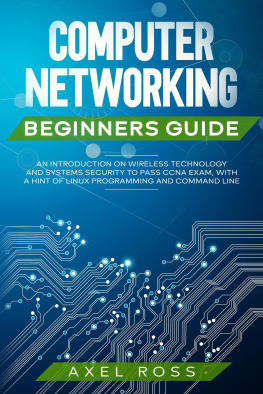



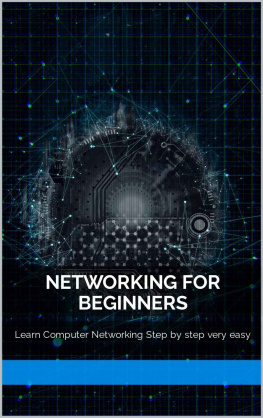
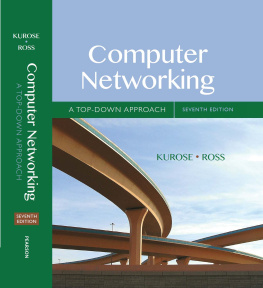
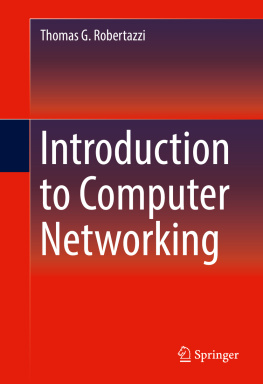
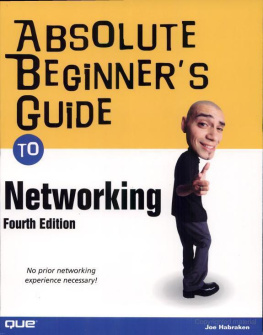




 C omputer Networking is simply the formation of a computer network. A computer network can be defined as the collection of computers, printers, and other equipment that are connected (wired or wireless), with the ultimate aim of fostering communications between the devices. The process of creating this connection of devices is known as Computer Networking.
C omputer Networking is simply the formation of a computer network. A computer network can be defined as the collection of computers, printers, and other equipment that are connected (wired or wireless), with the ultimate aim of fostering communications between the devices. The process of creating this connection of devices is known as Computer Networking. A computer network is made up primarily of interconnecting common, programmable hardware. The hardware is designed for a specific purpose (for example, to transmit data or video signals). This programmable hardware can be used to transmit a variety of different types of data and can support a wide and growing range of applications.
A computer network is made up primarily of interconnecting common, programmable hardware. The hardware is designed for a specific purpose (for example, to transmit data or video signals). This programmable hardware can be used to transmit a variety of different types of data and can support a wide and growing range of applications.